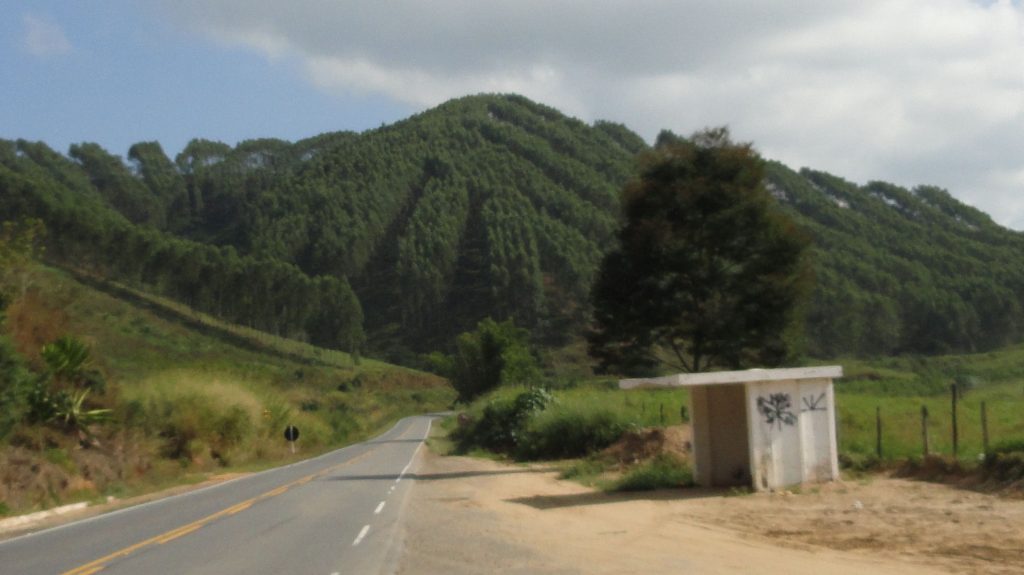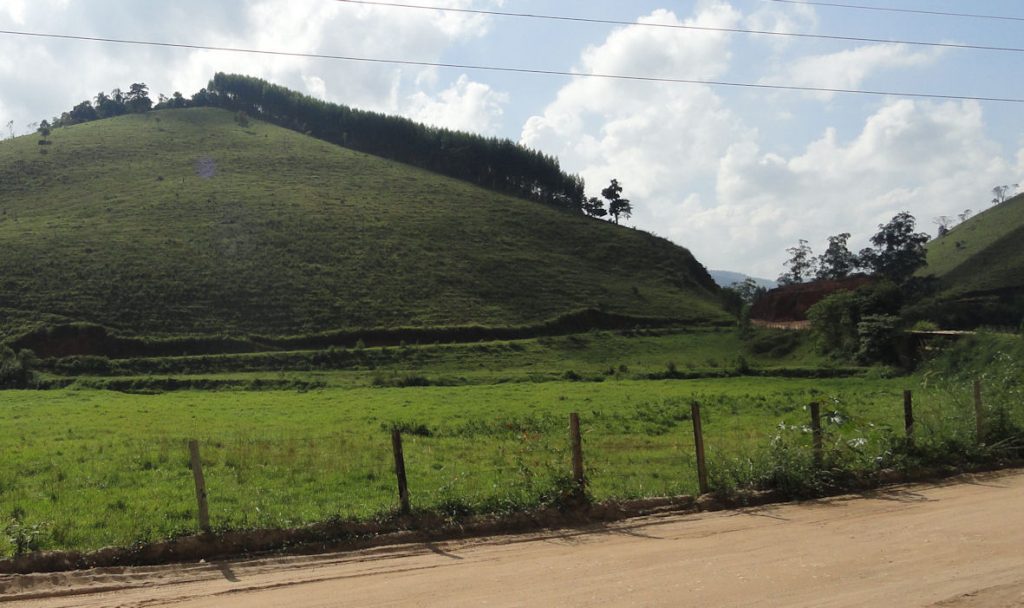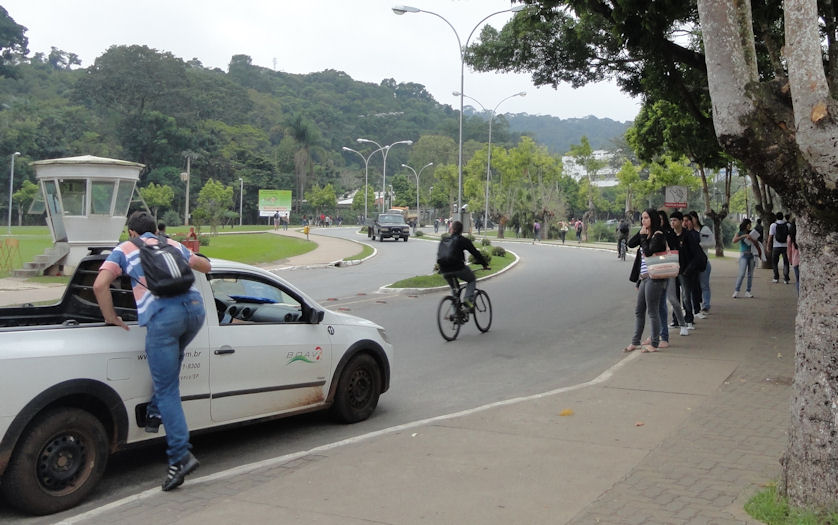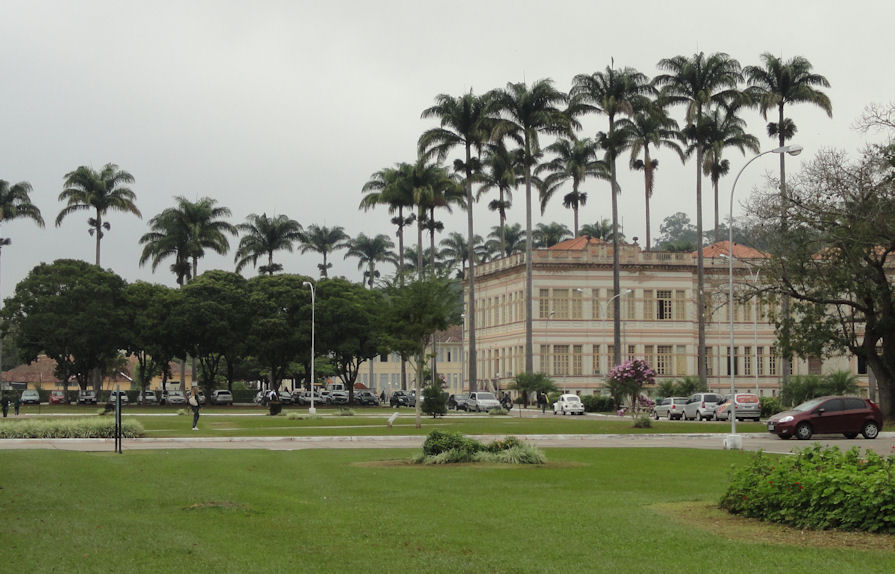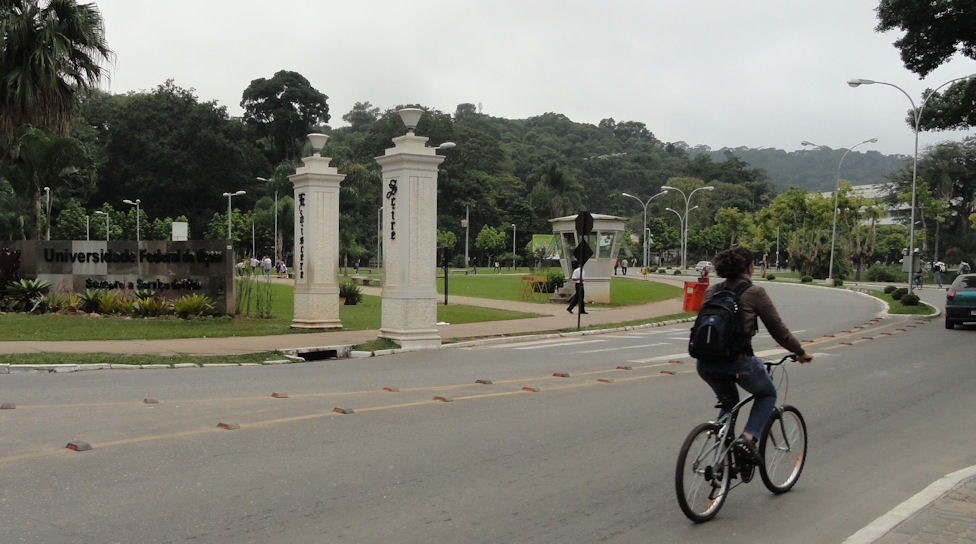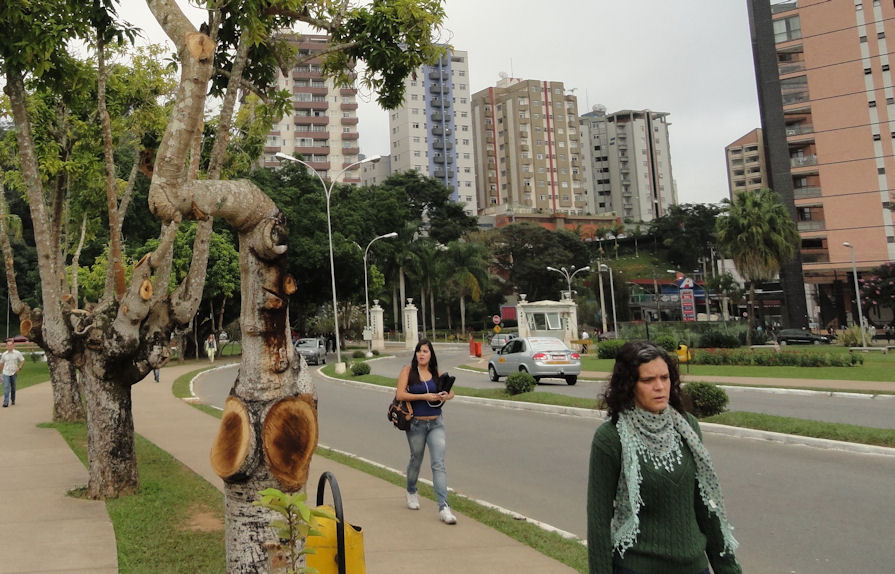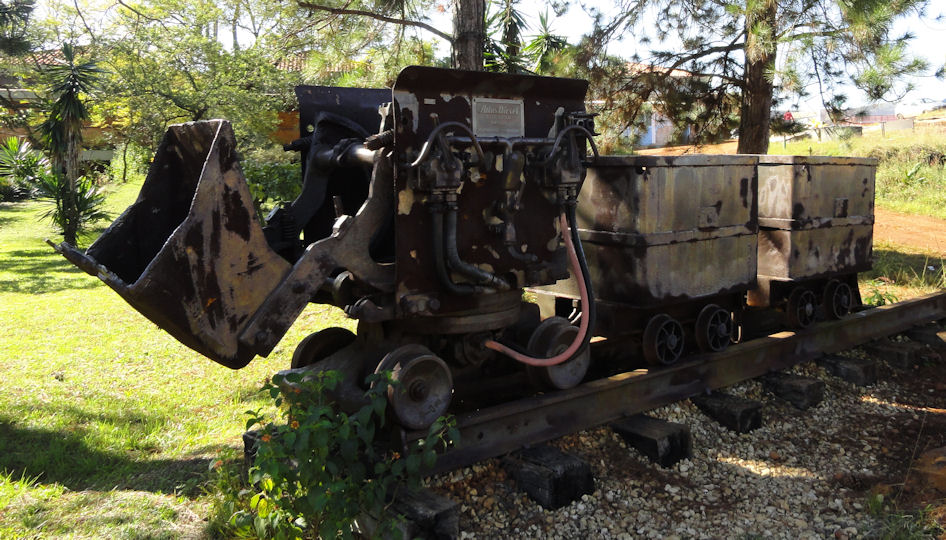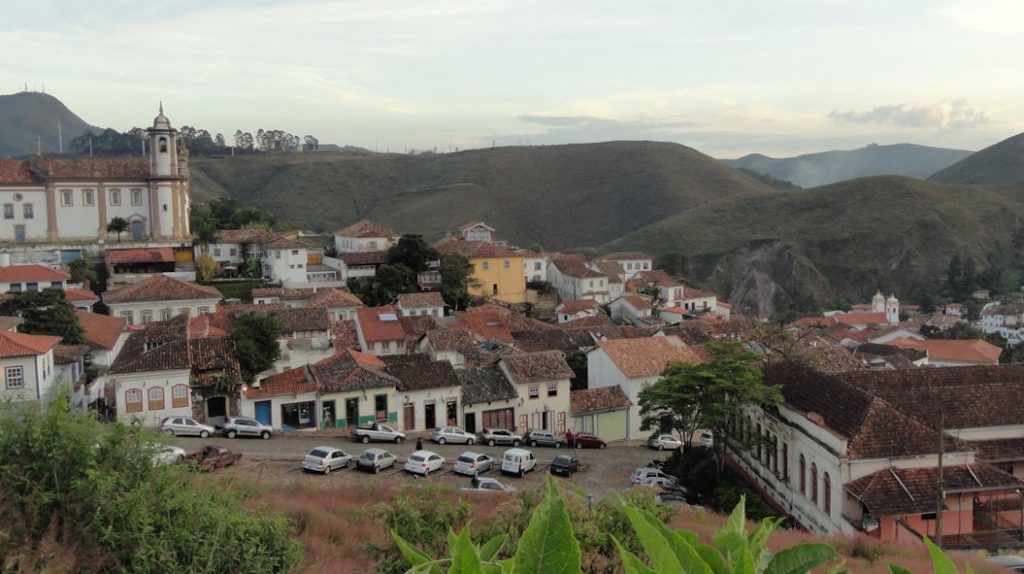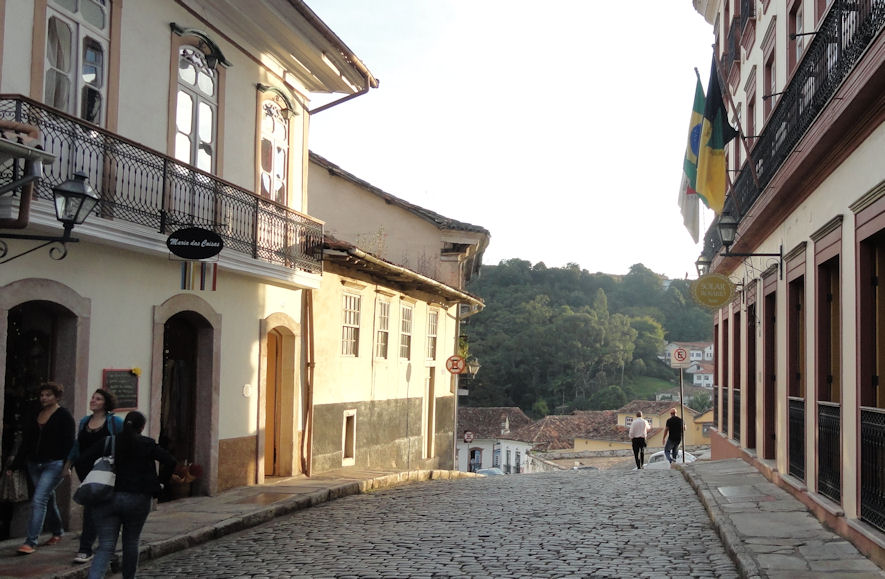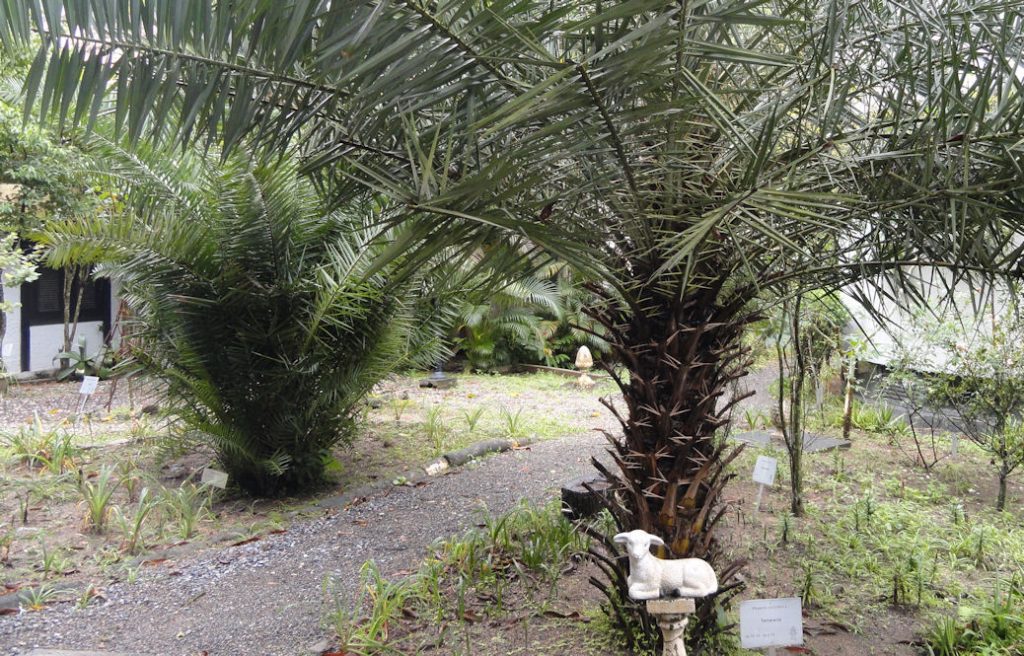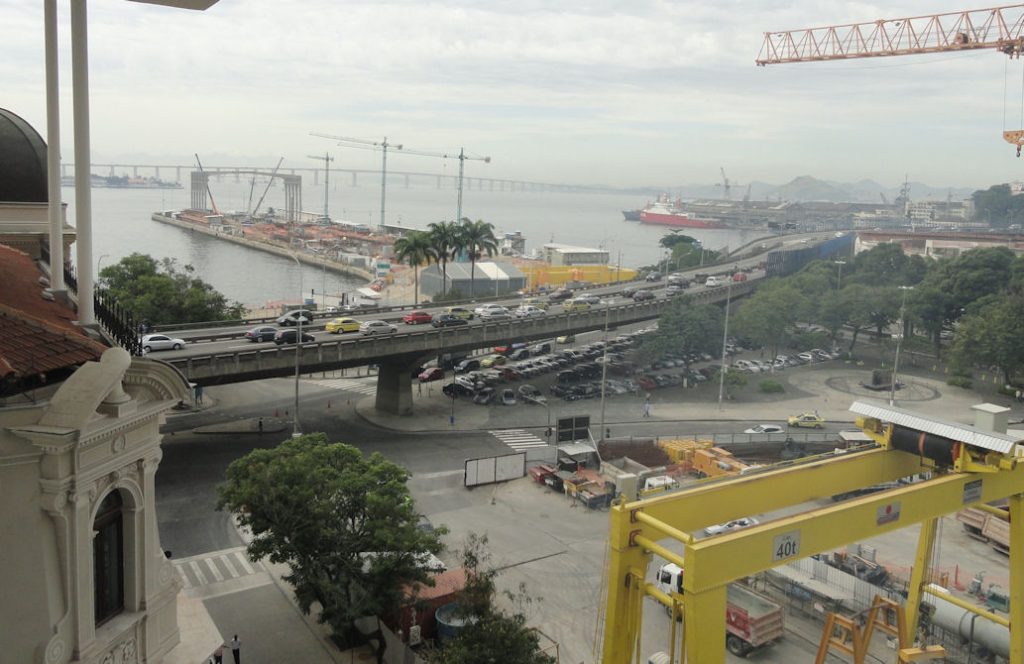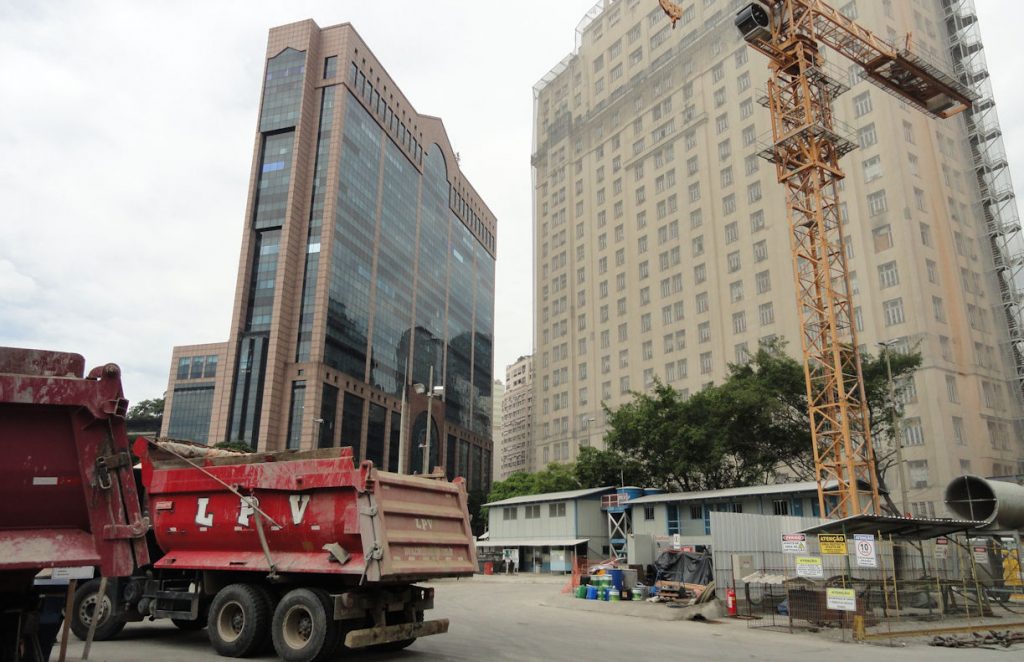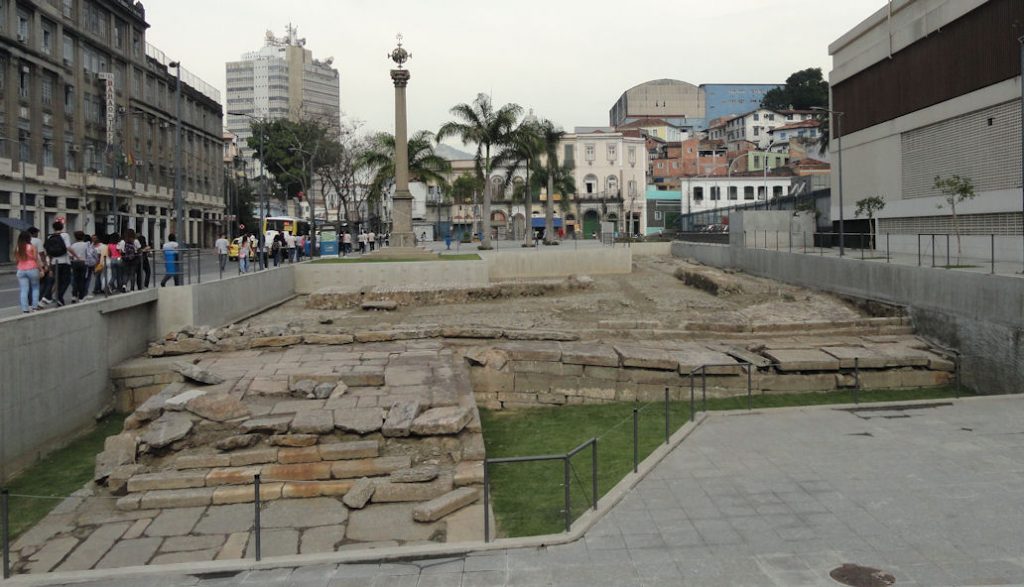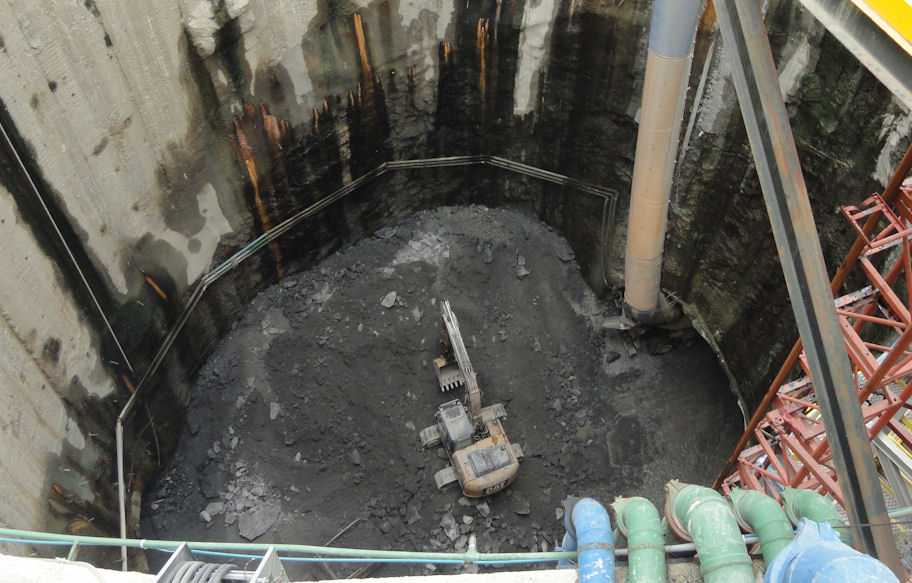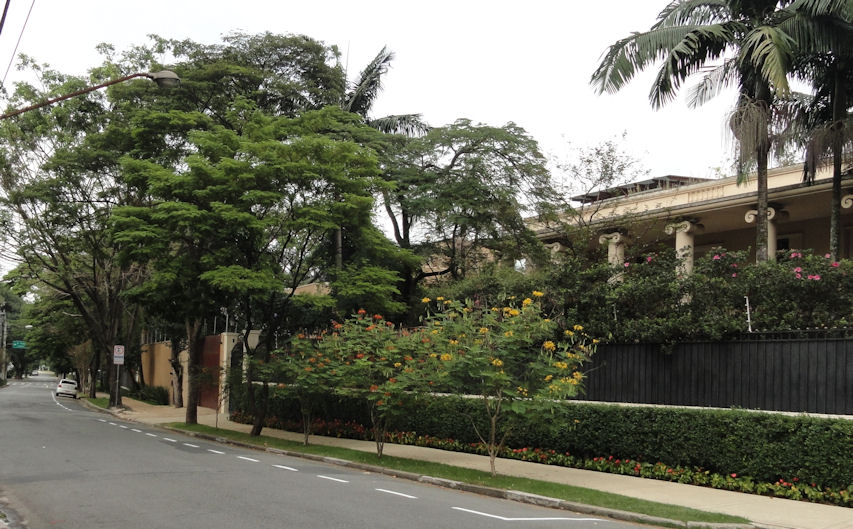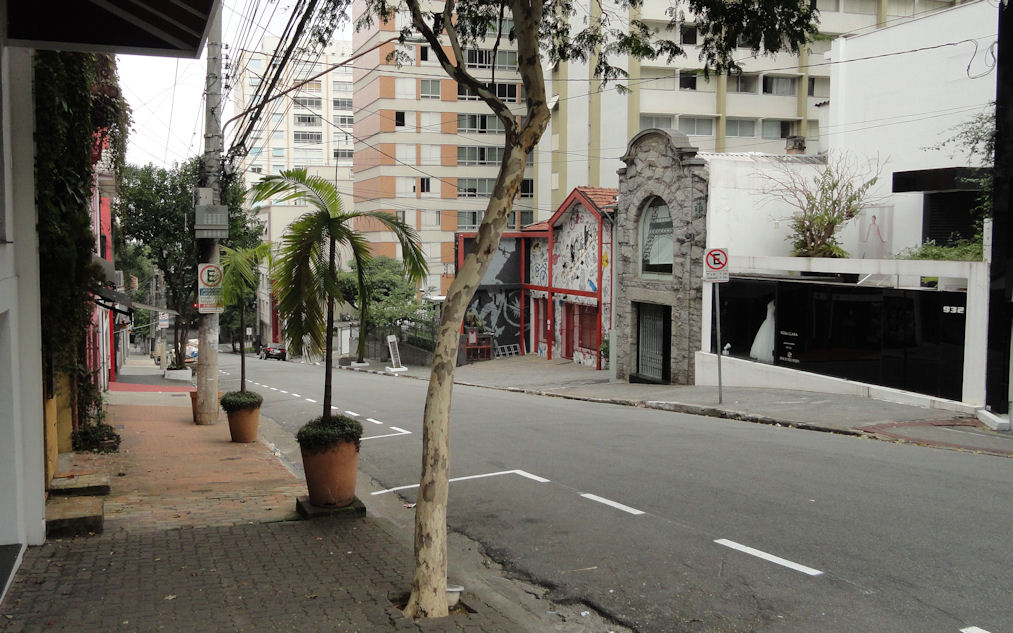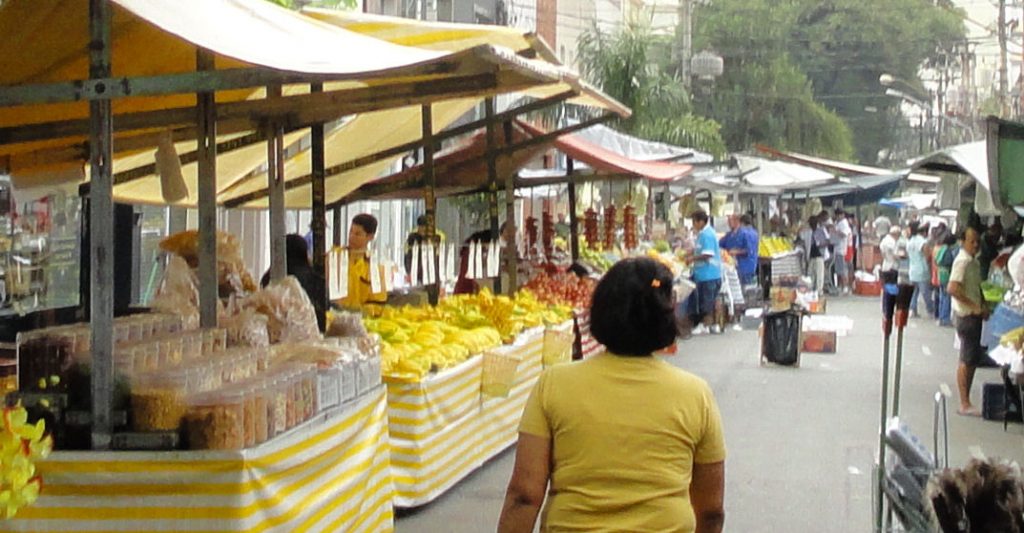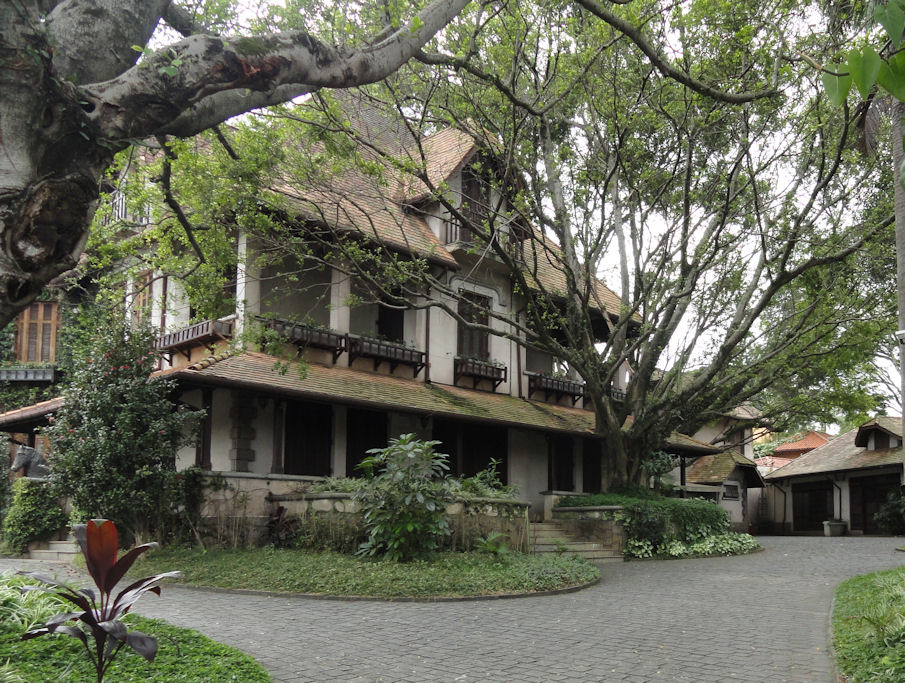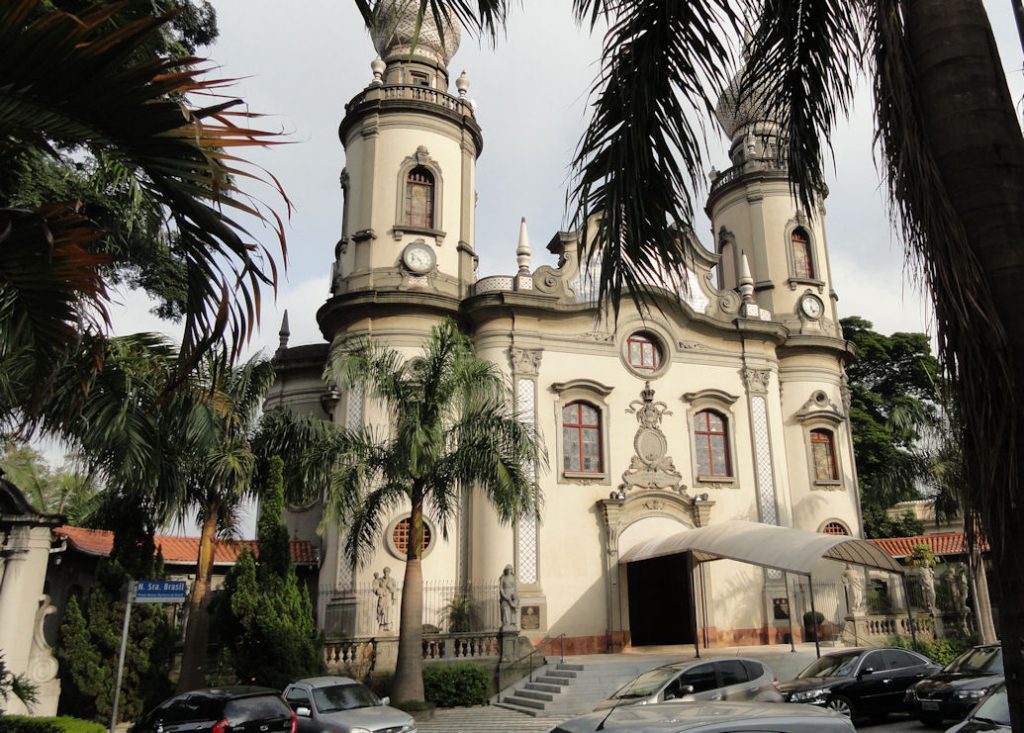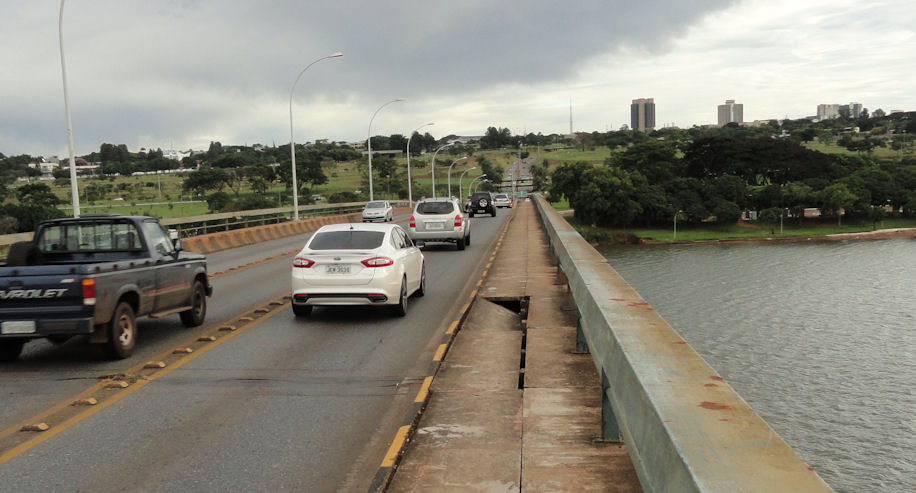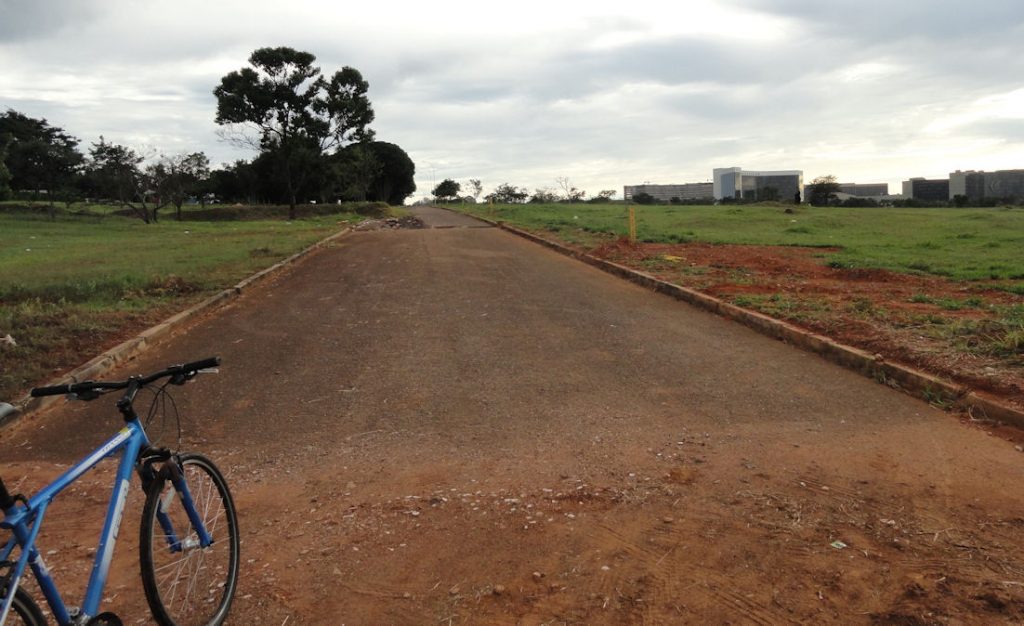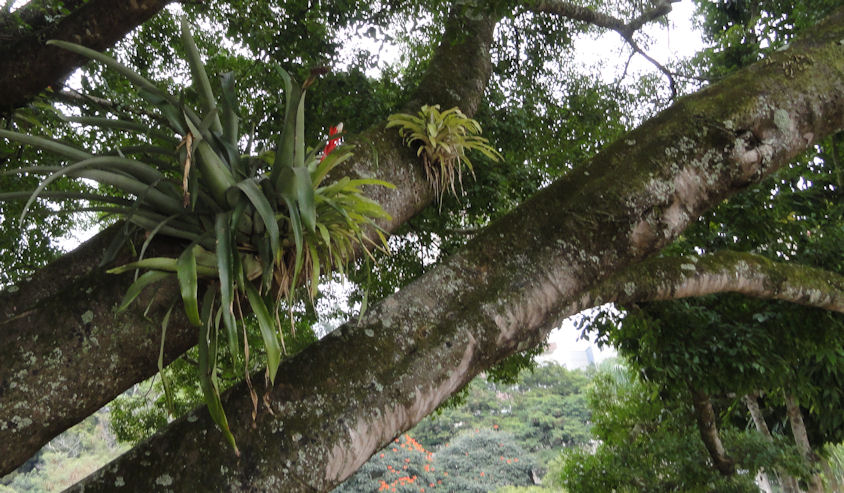
Our most precious resource is not money; it is our people. I don’t ask myself what I could do if I had more money; I ask what I could do with more high qualified people. This leads to a different sort of paradigm, in my opinion a more evolved one. Let me qualify what I am about to say by pointing out that none of these formulations are mutually exclusive. One has evolved from the other as conditions have changed, but we still can find reasons to use all of them or combinations.
The oldest paradigm, the one developed during the Cold War in a time of higher budgets and fewer able partners was for us to just do it. We would bring a speaker or organize a cultural event and pay most of the cost. At that time, it was important to be seen doing such things. We wanted to get our symbol, our logo, on events. In many ways, it was analogous to sophisticated advertising. It was much like firms sponsoring programs in order to build their image. Mobile Oil sponsored “Masterpiece Theater,” for example, and I still remember Mobile’s name and logo immediately followed by classy music and the erudite speech of announcer Alistair Cook. Mobile got what it wanted in convincing people like me that it was more than a greedy firm. The influence on me lasts to this day.
We (the USG) can still do things like this, but much less frequently and with less effect than in the past for three big reasons. First is simply money. Sponsoring is expensive and beyond our budgets. Second, it is less effective than it once was, since vehicles have proliferated and the market for them has segmented or maybe even shattered. But the third reason is most important. It has to do with the USG being a sponsor of anything. In the years since the end of the Cold War, others have really grown up. They don’t need us to sponsor and my even resent us doing so with too much unilateral effort. Another word for what we did was patronizing. Patronizing can be great, but the word itself often carries a connotation that accurately conveys what it does. Patronizing, no matter how generous, implies a difference in status.
A newer paradigm tried to maintain the idea of patronizing (in the good sense) but using other people’s money. This involved fund raising from private sources. The idea is correct, that the American nation is greater than the American government alone and it is good to get other people involved in our endeavors. This worked well about twenty years ago, when we had our program budgets cut but still had relatively large staffs of higher competent colleagues accustomed to running programs. Essentially, we provided management and got other people to provide money. It was very much like the sponsorship of old except that there were more sponsors. We were still clearly the lead in most cases. It still could be patronizing (in a negative sense) however, in that it often carried the connotation that expert Americans had arrived to explain who things were, or should be. I did a lot of this in Poland in the 1990s. Poles were eager to learn about the workings of the free market and a free press, and private firms were eager to co-sponsor to get their foot in what looked like a great market. But even then, I could see the window closing, as Poles became savvier and thought that their experiences should be included more in discussions and we faced a problem with American presenters not understanding the quick improvements and lecturing our Polish friends about things they already knew.
How we do public diplomacy now in Brazil reflect both our changed constraints and opportunities. We don’t need to “pitch” America to Brazil and the millions of Brazilians who visit the U.S each year and the exponentially rising numbers of academic and professional exchanging vastly overwhelm our small ability to add or detract from our overall image in this country of 200 million. There is nothing that we could bring to Brazil that Brazilians have not already seen or experienced, but this does not mean that we can do nothing. We just need to work with the tides and currents and not fight them.
Our paradigm is true partnerships based on the belief that you don’t make lasting friends face-to-face as much as shoulder-to-shoulder, working together toward common goals. This works well within our constraints of budget and more importantly people, since it conserves both those resources and concentrated on what we have in most abundance – expertise and knowledge. Our task is not so much to do programs or give things to our friends, but to know how their systems work and understand their aspirations so that we can apply maximum leverage at key places and times. This means giving up some control, since our partners will have some say, perhaps the dominant say in what is happening. We exercise our options in deciding who, where, what and when to engage. Then we work with our friends; put our shoulders to the wheel together in support of their aspirations and ours. Since we are depending primarily on their resources and doing what they want to do, it is sustainable. And for these same reasons produces gratitude and appreciation rather than dependency and resentment.
We have done this on several occasions with spectacular success. Science w/o Borders is a primary example. Our Brazilian friends effuse about our help. I recently attended an event about education at the Brazilian Senate. On a panel of seven presenters, three specifically mentioned the U.S. as the example of what cooperation should look like. I was only a guest sitting in the audience and was a little embarrassed by the attention, but gratified. It is much better, IMO, to be mentioned as great partners than as “generous benefactors,” no matter how beneficent. It is part of the more mature paradigm. We are partners doing what we both want done.
When we patronize a program, no matter how grand, we can reach perhaps hundreds of people. We talk about ripple effects and word of mouth and I have no doubt they are effective. But consider a leveraged program such as working with SwB or English w/o Borders, where we deeply and continually work with thousands of influential Brazilian and reach literally millions more directly. Our Brazilian partners estimate that English w/o Borders will directly influence 7 million young Brazilians in the next four years. The ripples from 7 million is bigger.
Our new paradigm requires that we be agile and opportunistic. It also requires that we have the courage and confidence to shift our resources quickly to places of maximum leverage. This will mean that our programs are never well-balanced or well-rounded and some good programs will be neglected for a time, maybe forever.
I liken SwB and the related English w/o Borders to the discovery of a gold mine. The gold will not last forever, but while it serves we would be foolish to stay “balanced” by devoting equal attention to our tin mine. In fact, the gold mine analogy breaks down and makes our activity even more urgent. Gold, presumably, will stay in the ground until you are ready to go and get it. SwB will have its season. If we miss it, it will not come again.

